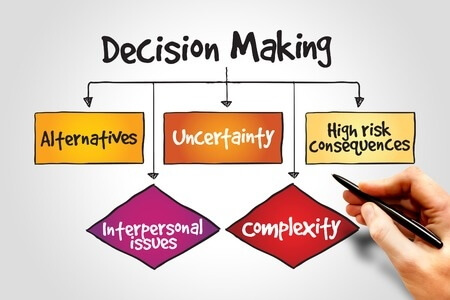 Laurens Bonnema is an Agile Management Consultant with Xebia and
an expert in sustainably aligning business and IT to improve the results of IT
projects. He also helps people (re)learn how to visualize their ideas
through sketchnoting, graphic recording, and videoscribing so they can
communicate those ideas more effectively, help each other to solve problems,
and have lots of fun.
Laurens Bonnema is an Agile Management Consultant with Xebia and
an expert in sustainably aligning business and IT to improve the results of IT
projects. He also helps people (re)learn how to visualize their ideas
through sketchnoting, graphic recording, and videoscribing so they can
communicate those ideas more effectively, help each other to solve problems,
and have lots of fun.
For the past 17 years, Laurens has served in almost every role
in IT. Even Project Manager! More about Laurens’ work at Xebia can be found here. Want to know more about sketch-noting, graphic recording, and videoscribing? Hop on over to
www.bonnema.ink.
When do you wake up every day? What’s your alarm set to?
My alarm is set to 5:55.
Most of the time, that’s also when I wake up.
Tea or Coffee?
Coffee in the morning, tea in the afternoon.
Any rituals to set the tone for the day in the morning?
After I
wake up, I drink a glass of water and meditate for 10 minutes. When time
permits, I read a few newspapers on my iPhone before getting out of bed. If
not, I hit the shower, get dressed and go downstairs to grab some breakfast.
Over breakfast, I look at my calendar to get a feel for the day, and check my
Sprint Backlog to select the three most important things I want to get done
today.
When do you feel most productive?
I feel most productive in the morning. That’s when I get most of
my work done. After 12:00, my energy tapers off. I usually experience a small
burst of residual productivity around 21:00. But between 12:00 and 21:00, I’m mostly on
autopilot.
Where do you work?
Work is where the client is. For me, that’s usually in or near
one of the main cities in The Netherlands: Rotterdam, Amsterdam, and Utrecht.
But I’ve done assignments in Spain, France, Italy, Turkey, and India as well.
Three must have items on your desk
If I could pick only
three items to have on my desk, it would be my Leuchtturm1917 Whitelines Link
notebook, Montblanc Meisterstück LeGrand fountain pen, and Apple Macbook Pro.
What do you listen to while working?
To concentrate on work, I listen to classical music. Mostly
Mozart. When I need less focus, I switch to podcasts. At the moment, the Tough
Girl Podcast by Sarah Williams is my favorite.
What are you reading currently?
I’ve just finished “Your Press Release is Breaking my Heart” by
Janet Murray and am currently reading “Verbaal Meesterschap (Verbal Mastery)”
by Remco Claassen. Remco is one of the most celebrated public speakers in The
Netherlands. Next up is “Ego is the Enemy” by Ryan Holiday.
How do you organize?
I use Scrum to stay organized and productive. I have a Product
Backlog spread out over several Trello boards. Every two weeks, I select items
from those boards and put them in Todoist. That’s my Sprint Backlog. Every day,
I select the three most important items to get done from Todoist. Some days I
do more, almost never less. I don’t distinguish between personal and client
items. When I did, the personal items never seemed to get done. Now, I have a
nice work-life-swirl going that suits me much better than work-life-balance.
Any hacks you prefer for work?
Learn something new! And
start teaching it to others as soon as you’re somewhat competent. It will keep
you engaged, fresh, and enthusiastic. That translates to all the other stuff
you do. Even the stuff you don’t like as much.
What are your favorite gadgets?
At the moment, my favorite gadget is my iPad Pro. I love it!
It’s a wonderful drawing tool that also functions as a powerful tablet. Highly
recommended for anyone getting into digital drawing!
What apps can you not live without?
It’s a bit of a list I’m
afraid, but I’ll try to keep it brief and limit myself to the eleven iPhone/iPad
apps I rely on the most that aren’t time-wasters: Mail, Trello, Todoist,
Calendar, Fantastical, Buffer, Overcast, OPTIMIZE, Headspace, Adobe Draw, and
Concepts.
Any new addition to your routines?
The newest addition to my routine is guided meditation with
Headspace. I’ve been meditating for years without guidance, and I love the way
Headspace makes it easy to stay focussed. I’m still a bit on the fence about it
though. Maybe in a few weeks I’ll discover I prefer unguided meditation after
all.
Also, I’m trying to make habits of exercise and writing. Mostly
failing at that so far. So tomorrow I’ll try again!
How do you recharge?
Reading. Nothing gets me relaxed faster than reading a great
novel. That, and sleep of course.
(Pic courtesy: Laurens Bonnema)















